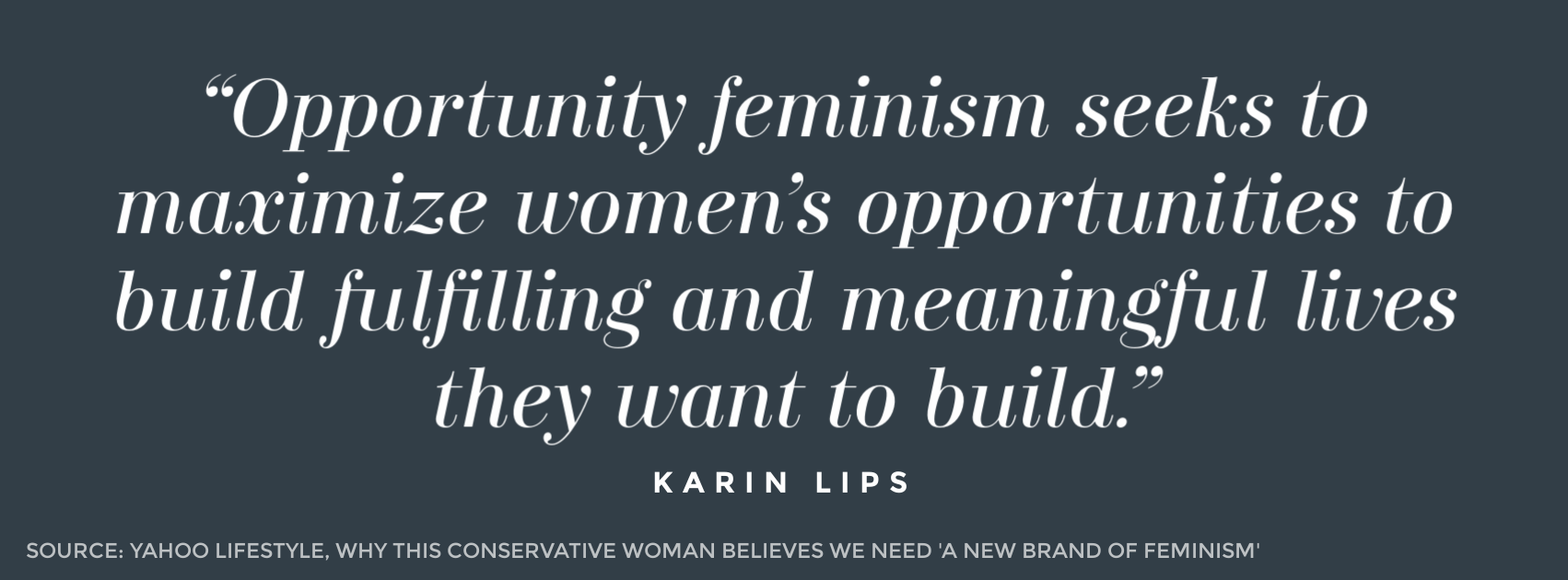Ladies, put the glass down — a gender gap we don’t want closed
This article originally appeared in The Hill.
Who is winning the battle between the sexes? It is a question that young women have been taught to ask. From their own experiences in school to the 2016 presidential race, American women have been raised to question gender equality and celebrate their sisters’ accomplishments.
Women have closed the gender gap in higher education. Step on a campus today and there is a good chance you will be on a campus where there are more women than men. Every year since 1979, there have been more women enrolled in American colleges than men. During the 2016-2017 school year, women are projected to earn 59.9 percent of bachelor’s degrees, 62.9 percent of master’s degrees and 55.5 percent of Doctorate degrees.
Women may want to toast that success. In fact, a toast would be appropriate because another area women are now closing the gender gap in is alcohol consumption.
A new global BMJ Open Journal report found that among people born in the early 1900s, men were more than twice as likely as women to drink alcohol. For those born in the late 1900s, men were only 1.1 times as likely to drink alcohol, which means women are now drinking at levels closer to men.
Nationally, we tend to celebrate the closing of gender gaps. But we shouldn’t celebrate this one.
The gap is also converging on the resulting health problems from drinking alcohol.
The report found that among people born in the early 1900s, men were three times as likely to drink to problematic levels and more than three times as likely to experience alcohol-related harms as women.
For those born in the late 1900s, men were only 1.2 times as likely to drink to problematic levels and 1.3 times as likely to experience alcohol related harms compared to women.
This convergence in drinking and the resulting health problems can be attributed to a number of factors, including women drinking more. The researchers pooled data from 68 international studies and among the 42 studies with sex convergence, most indicated this was driven by women consuming more alcohol, according to the press release.
They found that while “alcohol use and alcohol use disorders have historically been viewed as a male phenomenon,” their research suggests “young women in particular should be the target of concerted efforts to reduce the impact of substance use and related harms.”
Women have made a lot of gains over the last hundred years from winning the right to vote to going to college. Today, we now have a major party presidential candidate who talks about breaking the “highest, hardest glass ceiling” and is close to doing so this election. With more freedom, women have more choice to engage in a diversity of activities, including drinking.
But women should be aware of the different effects alcohol has on women compared to men.
According to the Centers for Disease Control and Prevention, alcohol affects men and women differently as “gender differences in body structure and chemistry cause women to absorb more alcohol, and take longer to break it down and remove it from their bodies (i.e., to metabolize it).”
That means that after drinking the same amount, the immediate effects of alcohol appear more quickly and last longer in women.
Excessive drinking by women also raises health concerns such as liver disease, brain damage and cancer, just to name a few.
A national survey found that almost two out of three college students ages 18 to 22 engaged in binge drinking during the past month, according to the National Institute on Alcohol Abuse and Alcoholism College Fact Sheet.
And about 1,825 college students ages 18 to 24 die from alcohol-related unintentional injuries and 696,000 are assaulted by another student who has been drinking each year. The College Fact Sheet notes that binge drinking typically occurs after fewer drinks for women than men — four drinks for women and five drinks for men in a two hour period.
Certainly any pressure to match men’s drinking habits isn’t good for women.
This report is a reminder that the goal of the women’s movement shouldn’t just be to catch men in every purely statistical measure.
Women have the opportunity now to drink more freely and are doing so. Women should celebrate the freedom they have gained, but should remember the different effects next time they think about going drink for drink with a man, even if the drink is one marketed to women and popularized in mass culture like a Skinnygirl Margarita or a Cosmopolitan.



